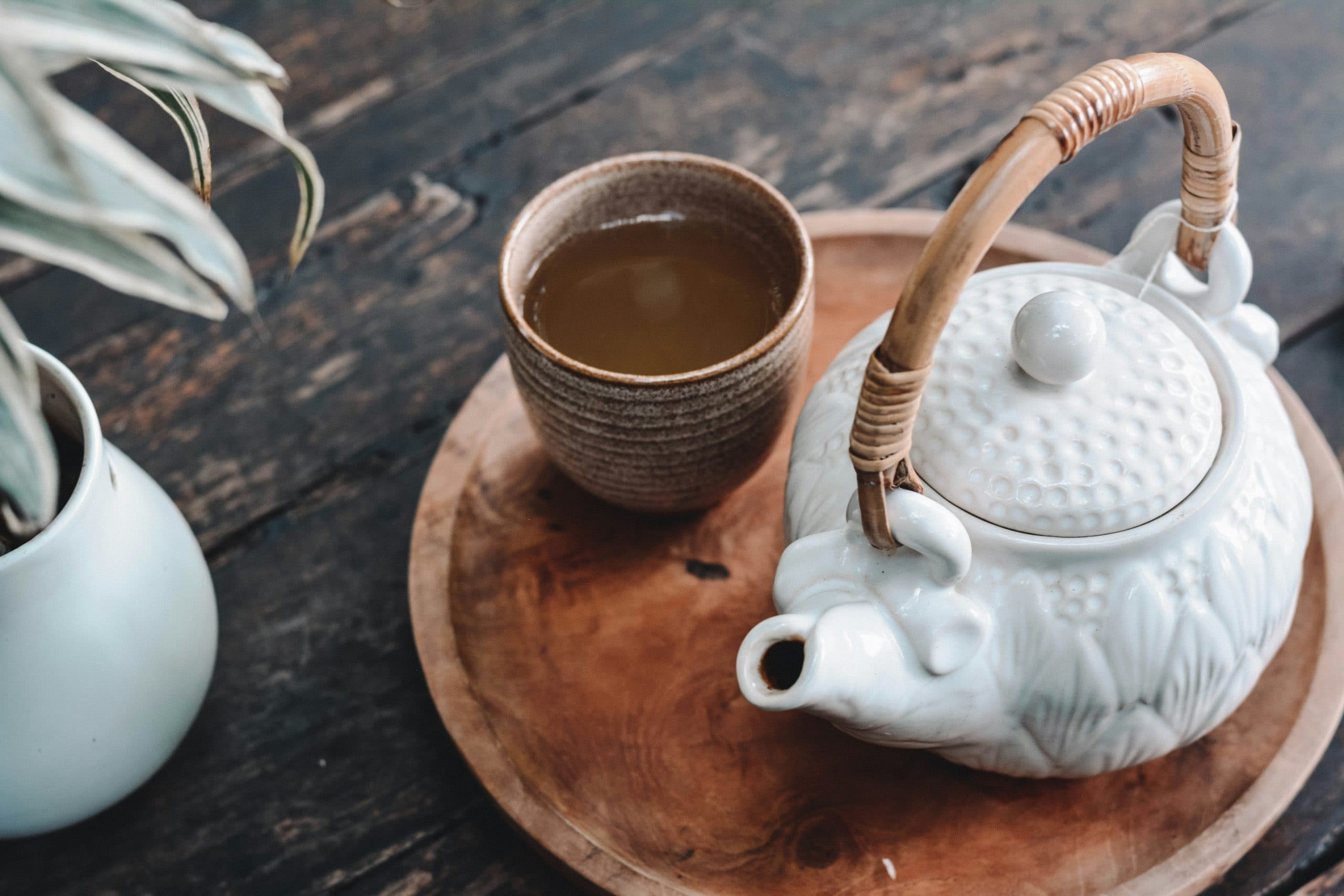As savorers of tea, you know that a good cup is more than just a drink. It’s an experience, a moment of respite, a sensory delight. Whether it’s a wake-me-up breakfast brew or a soothing bedtime blend, the art of making the perfect tea is a skill worth mastering. Let’s delve into the details of brewing the perfect cup, from choosing the right leaf to the importance of water quality, temperature, and brewing time.
Mastering the Choice of Tea Leaves
The first step in your journey to the perfect cup of tea is the selection of the tea leaves. Your choice of leaves is crucial, as different teas offer different tastes and experiences.
A lire aussi : Budget cooking: delicious and economical meals
Consider the variety of teas available. From the bold flavors of black teas to the subtle delicacies of green teas, the vast array of choices might seem overwhelming. However, each type of tea has its unique characteristics, and understanding these can help you identify your preferences.
There are also blended teas, where multiple types of leaves are combined with other ingredients like herbs or fruits, creating a unique flavor profile. Blends might seem like a culinary art form on their own, and indeed, they add an extra layer of complexity to your tea-making process.
Cela peut vous intéresser : How to make traditional irish soda bread?
In addition, pay attention to the quality of the leaves. High-quality leaves, generally whole leaf teas, provide a richer taste compared to broken leaves or tea dust often found in cheap tea bags. An advertisement for a particular blend of tea might catch your eye, but remember, the quality of the leaves ultimately determines the taste of your brew.
The Role of Water in Your Brew
The next crucial element in making your perfect cup of tea is water. After all, it makes up a significant part of your brew.
The quality of water can significantly influence the taste of your tea. Hard water, characterized by high mineral content, can make your tea taste flat and dull. On the other hand, soft water, which is low in mineral content, tends to bring out the flavors of your tea leaves better.
The temperature of the water is also vital. Different teas brew best at different temperatures. For instance, black teas require boiling water for the best extraction of flavor, while green teas need cooler water to prevent the leaves from burning and resulting in a bitter taste.
The Importance of Brewing Time
Brewing time is another critical factor in the art of making the perfect tea. Each variety of tea has a recommended steeping time to extract the full flavor without causing bitterness.
For example, green teas generally require a shorter brewing time, around 1-3 minutes, while black teas can be steeped for 3-5 minutes. It’s essential to adhere to these guidelines, as over-brewing can result in a bitter taste, while under-brewing may produce a weak flavor.
The Art of Making Tea: Steps and Recipes
Now that we’ve discussed the key elements that influence the taste of your tea, let’s explore the process of making the perfect brew.
Firstly, warm your teapot and cup. This step is often overlooked but is essential as it helps maintain the water temperature during brewing. Pour hot water into your pot and cup, swirl it around, and then discard.
Next, add your chosen tea leaves to the pot. A general rule of thumb is to use one teaspoon of leaves per cup.
After that, pour over the water at the correct temperature for your tea type. Allow the tea to steep for the recommended time before pouring it into your cup through a strainer.
There are also various tea recipes that you can experiment with, adding ingredients like milk, sugar, honey, or herbs, such as mint or lemongrass.
The Joy of Experimentation
The art of making the perfect cup of tea is a deeply personal journey. What one person considers perfect might be too strong, too weak, too bitter, or too sweet for someone else. Thus, don’t be afraid to experiment.
Try different types of tea leaves, play around with the water temperature, tweak the brewing time, or even create your own blends. Remember, the goal isn’t just to make a perfect cup of tea. It’s to make your perfect cup of tea.
As you embark on your tea-making journey, remember that the perfect cup of tea isn’t just about the end product. It’s about the experience – the anticipation as you wait for your brew, the aroma that fills the room, the warmth of the cup in your hands, and the taste that delights your palate. So enjoy the process, and may each cup you brew be a testament to your growing mastery in the art of tea making.
Tea Varieties and Blends: Exploring the World of Teas
The world of tea is incredibly diverse, offering a wide range of flavors, aromas, and experiences. With every sip, you are transported to different places, cultures, and traditions.
Consider the classic Earl Grey, a bold black tea blend infused with the distinctive taste of bergamot oil. It offers a refreshing citrusy note that pairs well with afternoon treats. If you’re after a strong, robust brew to kick-start your day, nothing beats the rich, malty flavor of an Assam black tea.
For those seeking a lighter, more delicate cup, the world of green teas opens up endless possibilities. The Japanese Sencha, for instance, boasts a sweet, grassy flavor with subtle hints of seaweed; in contrast, the Chinese Dragon Well tea possesses a more rounded, nutty taste.
Explore the world of Darjeeling teas, often hailed as the ‘Champagne of Teas,’ for their complex, fruity, and floral notes. And don’t forget white teas, the most delicate of all, known for their subtle sweetness and refreshing lightness.
Tea blends offer even more variety. Chai tea, for instance, is a flavorful mix of black tea, milk, and a medley of spices like cinnamon, cardamom, and ginger — a warm, comforting brew perfect for colder days.
The key is to not feel intimidated by the sheer variety of teas available. Instead, embrace the diversity and enjoy the process of discovering your favorite cup.
Loose Leaf vs. Tea Bags: A Matter of Taste and Quality
When it comes to brewing the perfect cup, the debate between loose leaf tea and tea bags is worth considering.
Loose leaf tea is often preferred by tea enthusiasts for its superior quality and flavor. As whole leaves, they retain their essential oils and aroma better, resulting in a more flavorful, aromatic brew. Plus, they provide the full visual experience of watching the leaves unfurl and dance in the pot as they steep.
Tea bags, on the other hand, are convenient and quick. However, they often contain broken leaves or ‘fannings,’ which can result in a less satisfying brew. Moreover, the bag confines the leaves, restricting their movement and potentially limiting the extraction of flavor.
That said, the quality of tea bags has improved significantly in recent years. Some brands now offer whole leaf tea in pyramid-shaped bags, combining the quality of loose leaves with the convenience of a bag.
In the end, whether you prefer loose leaf or tea bags is a personal choice. What matters most is that you enjoy the tea brewing process and love the cup you make.
Final Thoughts
Mastering the art of tea isn’t achieved overnight. It’s a journey peppered with trials, errors, and delightful discoveries. Making the perfect cup of tea involves understanding the nuances of different tea varieties, paying attention to water quality and temperature, being mindful of brewing times, and choosing between loose leaf and tea bags.
Remember, there’s no absolute right or wrong in tea brewing. What one tea drinker enjoys, another might not. The beauty of this art lies in its subjectivity. Every cup of tea you brew reflects your preferences, your mood, and your personality.
So go ahead, brew that pot of tea. Smell the aroma, savor the taste, and let it warm your soul. And with every cup you make, you will become more adept at creating a tea experience that’s uniquely your own. Happy brewing!





